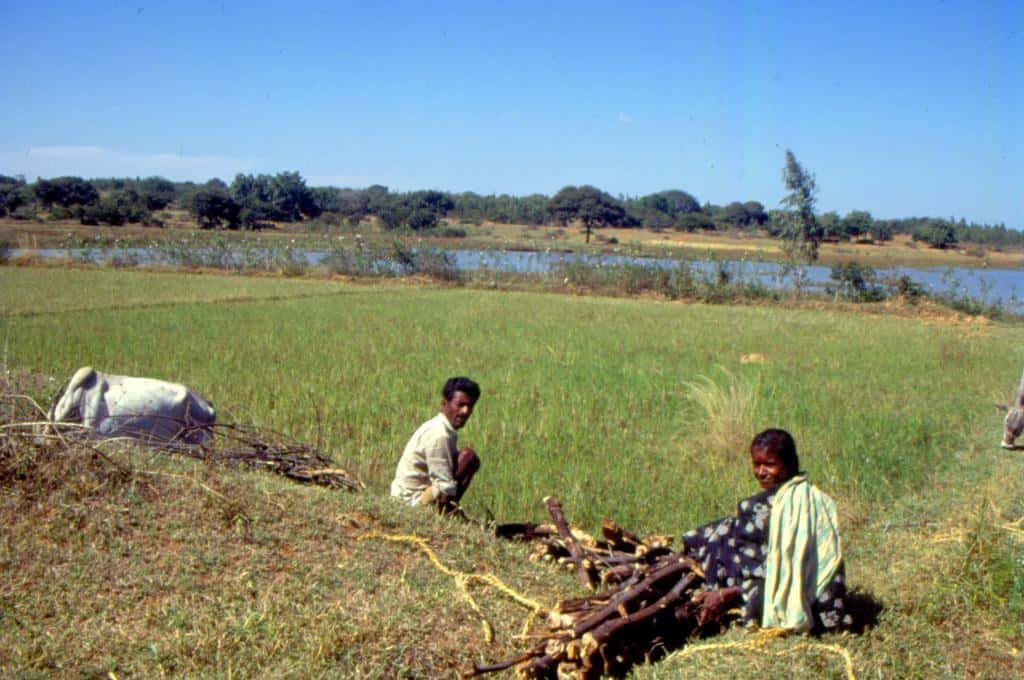Welcome to our comprehensive guide on the various types of agriculture. Whether you’re a farmer, a student, or simply curious about the different methods of farming, this article will provide you with valuable insights. From traditional to modern techniques, we’ll explore the diverse approaches used in agriculture today. So, let’s dive in and discover the fascinating world of farming!
1. Traditional Agriculture
Traditional agriculture refers to the age-old practices that have been passed down through generations. It involves using natural resources and traditional knowledge to cultivate crops and raise livestock. This type of agriculture is often characterized by small-scale farming, manual labor, and a strong connection to the land.
In traditional agriculture, farmers rely on traditional tools and techniques, such as hand tools, animal-drawn plows, and organic fertilizers. This method prioritizes sustainability and preservation of the environment. It is often practiced in rural areas, where communities have a deep understanding of their local ecosystems.
2. Subsistence Agriculture
Subsistence agriculture is a type of farming that focuses on producing enough food to meet the needs of the farmer and their family. It is primarily practiced in developing countries, where access to modern farming technologies and markets may be limited. Subsistence farmers grow a variety of crops and raise livestock for their own consumption.
This type of agriculture is essential for food security in many regions. However, it can be challenging for subsistence farmers to break out of the cycle of poverty due to limited resources and lack of access to markets. Efforts are being made to support and empower subsistence farmers through initiatives that provide training, resources, and access to markets.
3. Commercial Agriculture
Commercial agriculture, also known as agribusiness, is focused on producing crops and livestock for sale in the market. It involves large-scale farming operations that utilize modern technologies, machinery, and specialized techniques to maximize productivity and profitability.
Commercial agriculture often involves monoculture, where a single crop is grown on a large scale. This allows for efficient use of resources and streamlines the production process. However, monoculture can also lead to environmental issues, such as soil degradation and increased vulnerability to pests and diseases.
There are different types of commercial agriculture, including:
- Plantation Agriculture: Large-scale farming of cash crops, such as tea, coffee, and rubber, often found in tropical regions.
- Intensive Agriculture: High-input farming that aims to maximize yields through the use of fertilizers, pesticides, and advanced irrigation systems.
- Extensive Agriculture: Large-scale farming with low inputs, often practiced in areas with abundant land and low population density.
4. Organic Agriculture
Organic agriculture is a farming method that emphasizes the use of natural inputs and sustainable practices. It aims to minimize the use of synthetic fertilizers, pesticides, and genetically modified organisms (GMOs). Organic farmers focus on building healthy soils, promoting biodiversity, and maintaining ecological balance.
Organic agriculture has gained popularity in recent years due to increasing consumer demand for organic products. It offers numerous benefits, such as improved soil fertility, reduced chemical pollution, and enhanced biodiversity. However, organic farming can be more labor-intensive and may have lower yields compared to conventional farming methods.
5. Precision Agriculture
Precision agriculture, also known as smart farming or digital farming, involves the use of advanced technologies to optimize farming practices. It utilizes tools such as GPS, sensors, drones, and data analytics to monitor and manage crops and livestock more efficiently.
By collecting and analyzing data on factors like soil moisture, nutrient levels, and pest infestations, precision agriculture enables farmers to make informed decisions and apply inputs only where and when they are needed. This reduces waste, improves resource efficiency, and minimizes environmental impact.
FAQs on Types of Agriculture
Q: What are the main types of agriculture?
A: The main types of agriculture include traditional agriculture, subsistence agriculture, commercial agriculture, organic agriculture, and precision agriculture.
Q: What is the difference between traditional and commercial agriculture?
A: Traditional agriculture relies on age-old practices and small-scale farming, while commercial agriculture involves large-scale operations, modern technologies, and a focus on profit.
Q: Is organic farming more sustainable than conventional farming?
A: Organic farming promotes sustainability by minimizing the use of synthetic inputs and focusing on ecological balance. However, it may have lower yields compared to conventional farming methods.
Q: How does precision agriculture benefit farmers?
A: Precision agriculture allows farmers to optimize their practices by using advanced technologies and data analytics. It improves resource efficiency, reduces waste, and minimizes environmental impact.
Q: Can subsistence farmers break out of poverty?
A: Breaking out of poverty can be challenging for subsistence farmers due to limited resources and lack of access to markets. However, initiatives that provide training, resources, and market access can help empower subsistence farmers.
Conclusion on Types of Agriculture
As we conclude our exploration of the different types of agriculture, here’s a fun fact: Did you know that the world’s oldest known agricultural tools were discovered in Kenya and date back over one million years? This highlights the long history and importance of agriculture in human civilization.
From traditional farming methods rooted in ancient wisdom to modern precision agriculture driven by cutting-edge technologies, the world of agriculture is diverse and ever-evolving. Each type of agriculture has its own unique characteristics, challenges, and contributions to food production and sustainability.
Whether you’re a farmer, a consumer, or simply someone interested in the future of food, understanding the various types of agriculture can help you make informed choices and contribute to a more sustainable and resilient food system.
Originally posted 2023-07-16 16:13:04.




